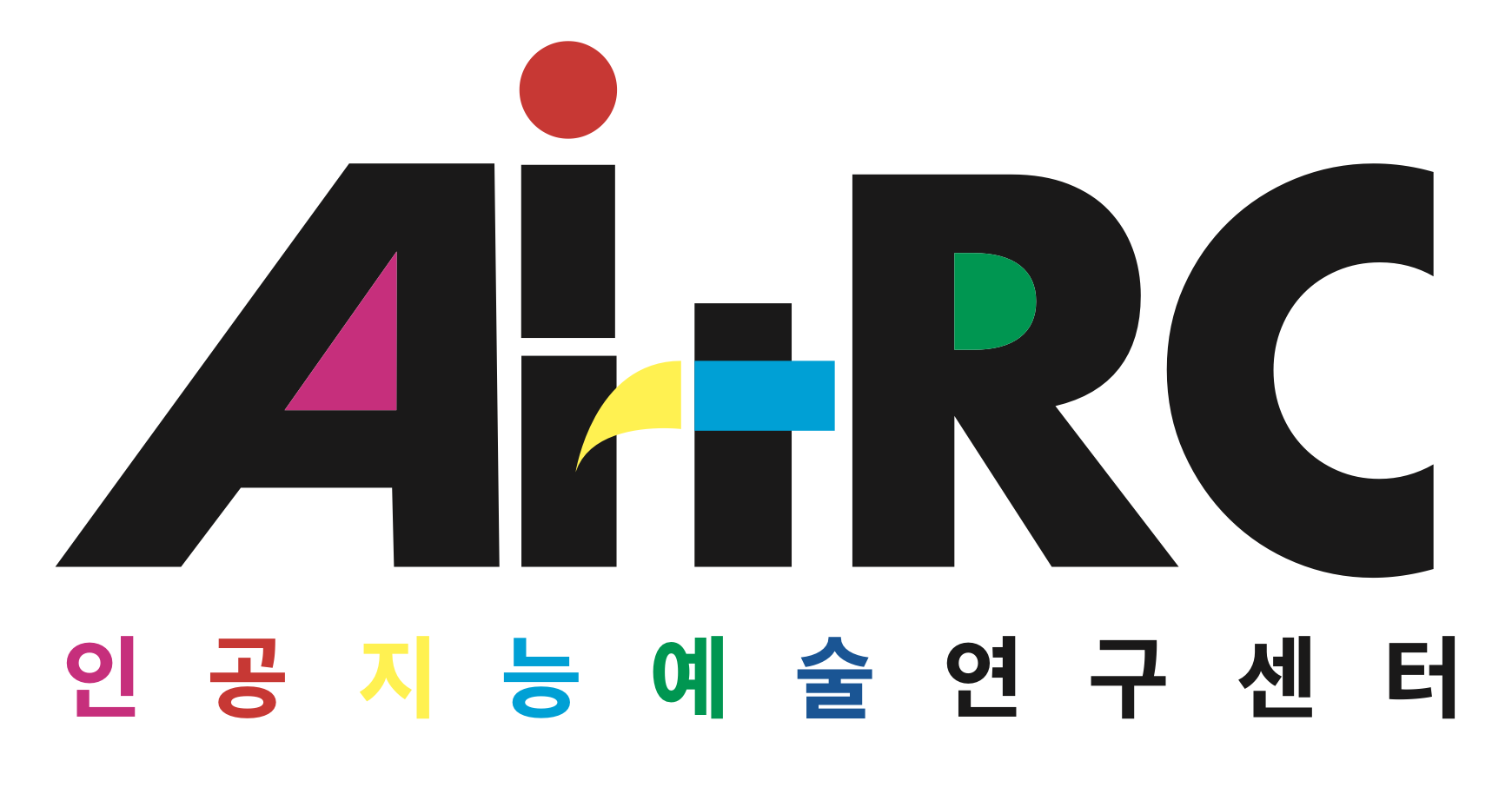초록
본 연구는 주얼리산업에 활용할 환경영향성평가의 방식과 탄소저감 전략을 제안하는 것을 목적으로한다. 이를 위해 환경영향성평가의 적용과 연구가 활발한 철강산업의 사례를 분석하고, 주얼리산업에적용할 전략을 제시한다. 각각의 과정에서 철강산업과 주얼리 분야 전문가를 인터뷰하는 질적 연구방법으로 현실성을 검증한다. 세계적으로 통용되고 있는 현행의 환경평가제도는 ISO의 TypeⅠ,Ⅱ,Ⅲ으로 분류한 환경라벨링 분류체계가 있고, 한국환경산업기술원도 이에 따른 EPD인증을 시행하고 있다. 철강산업 연구원의 인터뷰에서는 환경인증 획득의 여러 난점을 소개하고, 철강산업의 탄소저감 전략을 수록하여 주얼리산업에 응용할 아이디어로 연계한다. 철강과 건축산업의 정량적 환경영향평가는BSRIA 등의 신뢰도 높은 데이터베이스를 바탕으로 이루어진다. 소품종 대량생산을 유지하는 철강산업의 전략을 수평적으로 적용할 수는 없지만, 귀금속과 천연석 및 합성석에 대한 원산지 및 가공 수송방식별 환경영향성 데이터베이스 구축이 필수적 요소라는 점을 시사한다. 연구자의 탄소저감 아이디어가 주얼리 산업에 적용 가능한지 검증하기 위해 주얼리 브랜드 B사의 디자인팀 이사와 인터뷰를 실시하였다. 친환경적 전환을 최우선 과제로 여기지 않는 주얼리산업에 적용할 라벨링 분류체계는 Type Ⅱ의 ‘환경성자기주장제도’가 적합하다. 또 현재의 EPD인증에서 사용하는 7가지 영향범주 중 자원, 탄소, 물 발자국의 3가지 범주만 선별하여 전과정평가를 향한 첫 출발을 제언하고, 향후 데이터베이스와사용자 인식이 성숙 단계에 접어들었을 때 EPD인증 시행에 쉽게 적응하는 것을 목표한다.
The purpose of this study is to propose an environmental impact assessment method and a carbon reduction strategy to be used in the jewelry industry. To this end, the application of environmental impact assessment and research of the active steel industry are analyzed, and strategies to be applied to the jewelry industry are proposed. In each process, the practicality is verified with a qualitative research method that interviews experts in the steel industry and jewelry fields. The current environmental evaluation system, which is widely used worldwide, has an environmental labeling classification system classified as Type I, II, and III of ISO, and the KEITI also conducts EPD certification in Korea. In an interview with the Steel Industry Research Institute, various difficulties in obtaining environmental certification are introduced, and carbon reduction strategies in the steel industry are included and linked to ideas to be applied to the jewelry industry. The quantitative environmental impact assessment of the steel and construction industries is based on reliable databases such as BSRIA. Although the steel industry’s strategy of maintaining mass production of small items cannot be applied horizontally, it suggests that the establishment of an environmental impact database by country of origin and processing transportation method for precious metals, natural stones and synthetic stones is an essential factor. An interview was conducted with the design team director of Jewelry Brand B to verify whether the researcher’s carbon reduction idea was applicable to the jewelry industry. Type II’s the ‘Self-declared environmental claim’ is suitable for the labeling classification system to be applied to the jewelry industry, which does not consider eco-friendly transformation a top priority. It also aims to select only three categories of resources, carbon, and water footprint among the seven impact categories used in current EPD certification, suggesting a first start for LCA, and easily adapt to EPD certification implementation when database and user awareness enter maturity.
